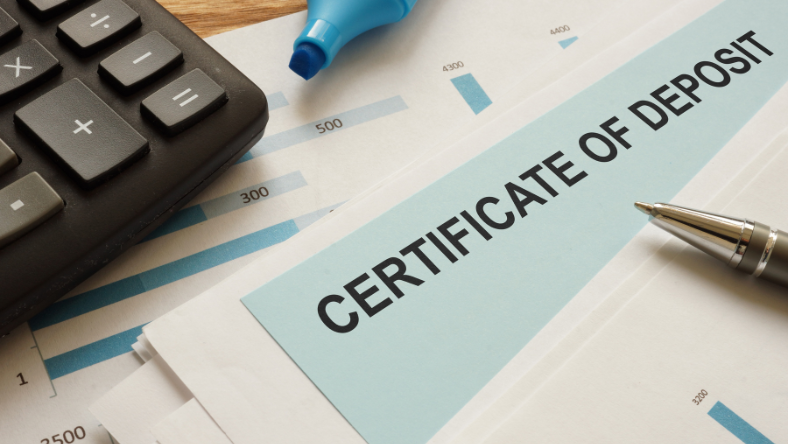What Is the “No-Buy” Challenge?

The No-Buy Challenge: A Financial Reset for Smarter Spending
The no-buy challenge is a simple yet powerful way to take control of your spending habits. By pausing non-essential purchases for a set period, you create space for financial clarity and intentional choices. This approach isn’t about deprivation—it’s about freedom, helping you reset priorities and build healthier money habits.
What is the "No-Buy" Challenge?
In a world overflowing with flash sales, targeted ads, and one-click checkouts, the no-buy challenge offers a powerful way to reclaim control over your finances and your life. This challenge invites you to pause all non-essential purchases for a defined period. Whether it's a weekend, a month, or an entire year, the goal remains the same: become more intentional with your spending.
The challenge doesn't require deprivation. Instead, it opens the door to greater freedom. By eliminating mindless consumption, you create space for financial clarity, emotional balance, and even creative growth. Think of it as a financial detox that resets your habits and priorities.
The No-Buy Challenge: What It Is and Why It Works?
At its core, the no-buy challenge means saying "no" to new purchases unless they're essential. You still buy groceries, refill prescriptions, and replace a broken refrigerator. But everything else—clothing, gadgets, takeout, and décor—goes on pause.
Essentially, it is a period in which an individual stops making non-essential purchases. Many take on the challenge for 30 days. Others commit to a full year.
The no-buy challenge isn't just a minimalist trend. It's a mindset shift. When you consume less, you spend less and often feel more at peace. You become more resourceful, more focused, and more aligned with your values.
How to Structure Your No-Buy Challenge
There's no universal rulebook, but most successful no-buy challenges include a few key principles:
1. Define What Counts as "Essential"
Essentials typically include:
- Food and household necessities
- Medications and health-related items
- Work-related gear or safety equipment
2. Set a Clear Timeframe
Commit to a fixed period. Whether you choose a weekend or a whole year, a defined start and end date gives your challenge structure. Longer challenges tend to deliver deeper insights, but even a week can reveal surprising spending patterns.
3. Write Down Your "Why"
Clarify your motivation. Are you saving for an emergency fund? Trying to pay off credit card debt? Wanting to reduce waste or break a shopping habit? When temptation strikes, your "why" will keep you grounded.
4. Track Your Spending
Even though you'll avoid unnecessary purchases, track everything you spend, including essentials. Tracking will build awareness and keep you accountable. Many participants use budgeting apps to simplify this step.
5. Prep Before You Start
Organize your home, stock up on essentials, and pay your bills ahead of time to avoid last-minute stress. Planning reduces the risk of making convenience purchases once the challenge begins.
6. Create a Plan for Emergencies
Stuff happens. If something essential breaks or a need arises unexpectedly, decide ahead of time how you'll handle it. Some people allow a replacement fund for true emergencies; others follow a zero-exception rule.
What You Gain from a No-Buy Challenge
But the benefits go beyond your bank account. People who complete the challenge often report:
- Greater creativity (finding ways to reuse, repair, or repurpose items)
- Less stress (fewer decisions and less financial guilt)
- Sharper focus (more time for things that matter)
- Stronger discipline (building willpower through consistent habits)
What's Next?



